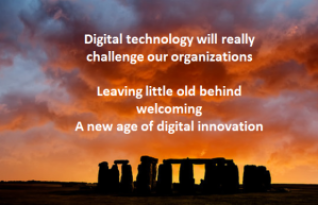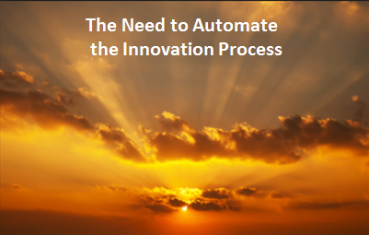My innovation wish for 2015
 I would like to see emerge a different ‘sustaining’ capacity built around innovation as the continuous core, constantly evolving, adapting, learning and adjusting, in perpetual innovation motion.
I would like to see emerge a different ‘sustaining’ capacity built around innovation as the continuous core, constantly evolving, adapting, learning and adjusting, in perpetual innovation motion.
A truly integrated innovation solution that sits in our organization to allow innovation to be fully leveraged and exploited.
We need to recognize innovation has many touchpoints and a myriad of dimensions that need to be aligned and integrated. I genuinely believe we need a solution provider, who takes a more holistic view of innovation management that can make a significant advancement on where we are today, in our processes and systems.
These need a total integrated solution as the approach. this has its complexities in the challenges but we do have the potential through technology deliveries, platform constructs, and using the flexibility and adaptability found in the cloud.
If we combine these technology enablers with our innovation management understanding, then we can begin to construct this systematically and thoughtfully. It is very achievable and necessary for our organization’s abilities to absorb and translate knowledge into innovative growth, something missing for many.









